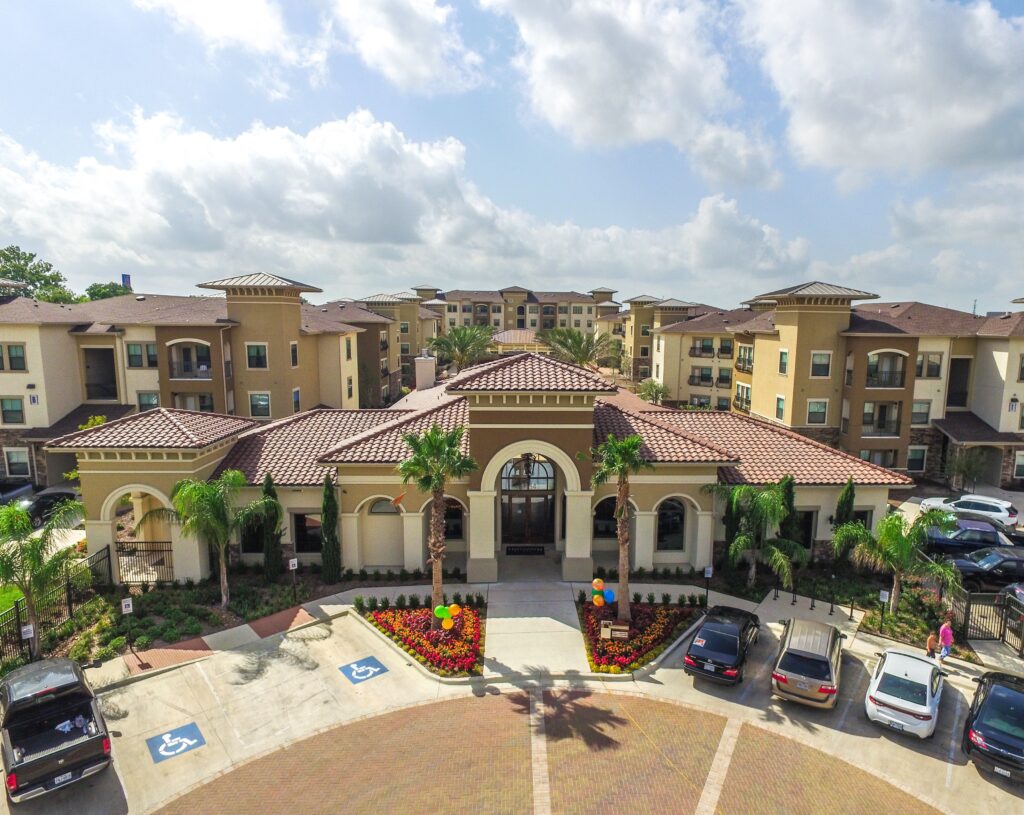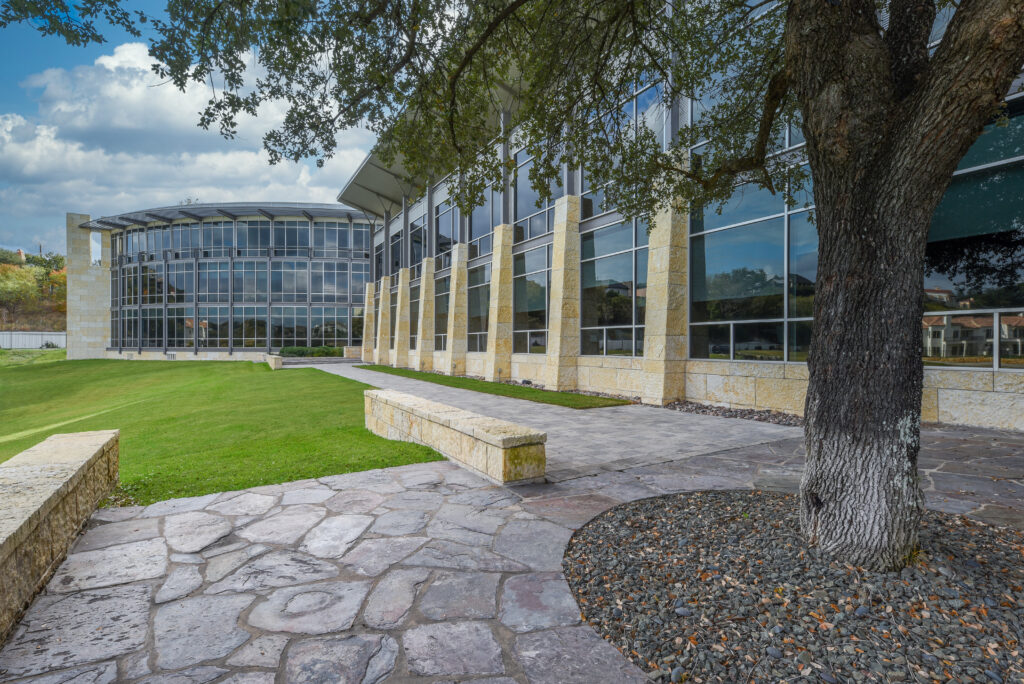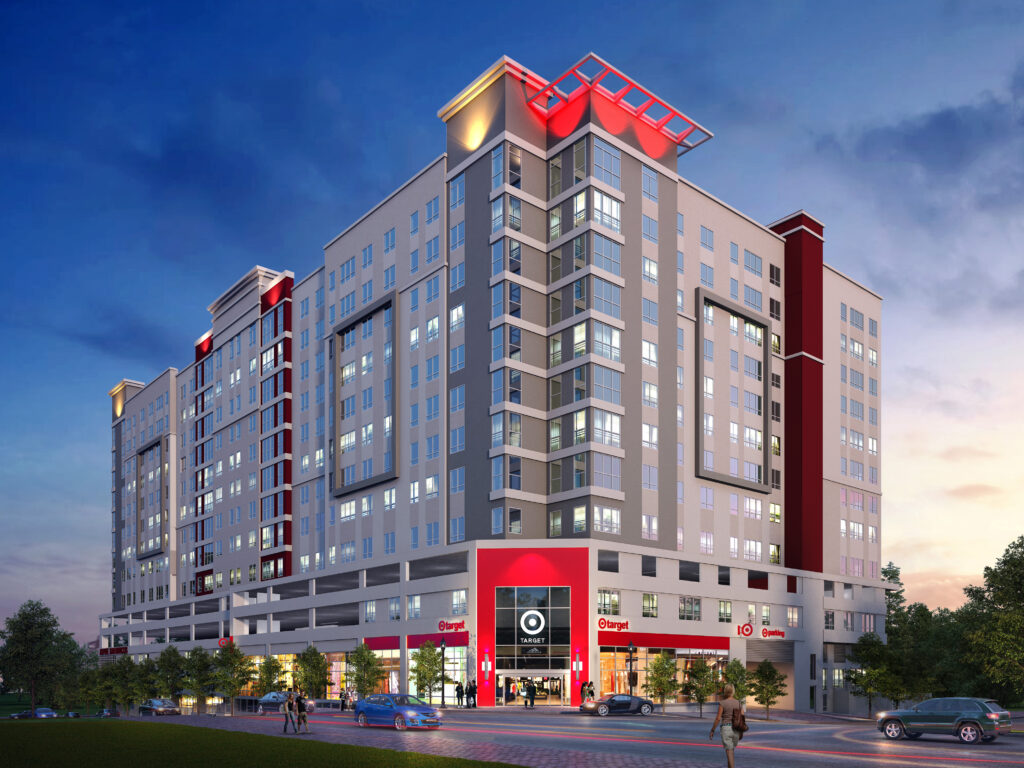Commercial real estate defined is any living space that is larger than a single family home. What that means is that any property as small as a duplex up to the largest building in the world it is considered commercial real estate. Below we will discuss the different types of commercial real estate while detailing specifics about each one.
Multifamily Real Esate
Multifamily real estate is arguably the most common type of commercial real estate properties in Texas. The main purpose of investing in multifamily real estate is for the return on investment. Whereas you would be receiving one monthly payment you are now receiving multiple. Types of multifamily properties include:
- Duplex/Triplex/Quadruplex: These are properties broken into units. For example a duplex is a two unit property, triplex is a three unit, and a quadruplex is four units. Investors look for these properties due to their guarantee of it paying for itself in the long run.
- Garden Apartments: Garden apartments started popping up out of nowhere it seemed back in the sixties and seventies. These apartments are normally 3-4 stories with approximately 400 units in them as well as elevators & parking areas for better access.
- Mid-Rise Apartments: These apartment properties are larger properties, typically 5 to 12 stories tall. They usually contain anywhere from 30 to 110 units, and are most commonly found in urban areas.
- High Rise Apartments: High rise apartments an be so large that they could be called a skyscraper! They can exceed forty stories with 100 plus units in them. These properties are normally managed by more than one person due to the size of the property.

Office Space Real Estate
Much like the different multifamily properties we just discussed, offices are also broken down by their size. Office buildings are put into their own class. Class A means they are the best of the best and top of the list for their construction and the location. Class B means it has an appealing construction but the location leaves more to be desired. Class C these may be deteriorating and also is not in a desirable location.
Central Business District (CBD) offices are located in the center of a city. Normally these are considered high rise buildings, and contain mostly white collar jobs. These buildings are most commonly found in large cities such as Austin and San Antonio.
Suburban Office Buildings are what you would see on the outskirts of your city, an office you would have to escape the city to see. These office buildings are often times only one to four stories tall. Lease agreements in these offices are typically less expensive as their property on which they sit is not as valuable as CBD office in the heart of a city’s business district.

Industrial Real Esate
Industrial real estate properties can be massive in terms of size, and offer a wide variety of benefits to investors. Industrial real estate properties are also categorized into their own separate categories based on a variety of factors.
Heavy Manufacturing
This would be a building for a large manufacturer. These buildings are fully equipped to run for its purposes which means if someone ever bought the building they would more than likely have to go through substantial renovations to do so.
Light Assembly
These commercial buildings are typically used for storage, product assembly and office space. Normally these properties do not require much to repurpose them for another use if they are resold on the market.
Flex Warehouse
is an industrial property which is a mix of industrial and office space. So, the potential for these buildings is promising for a buyer or seller.
Bulk Warehouse
These are a larger building anywhere from 50,000-1,000,000 square feet. Typically this is where freight drivers will pick up bulk amounts of product and deliver them to their destination.
Retail Real Estate
Retail real estate can be applied to any space in which you would purchase a good or service. As with the properties mentioned above, retail real estate can be categorized based on their size and purpose.
Regional Mall– We all know how large malls can be, some are close to 400,000-2,000,000 Square feet!!
Strip/Shopping Centers– These buildings do not have anchor tenants. Strips are normally mixtures of businesses compacted to one area, and are almost exclusively locally owned.
Community Retail Center– These buildings are around 150,000-350,000 square feet, They are normally a restaurant within a building or a drug store, etc.
Power Center– Power centers normally have smaller retail stores in them. Most of these are powered by a major box retailer, which means a larger retail tenant which serves the purpose of drawing customers into the property. Some examples of these are stores like Wal-mart, Publix, or Home Depot.
Out Parcel– Where large retailers have land set aside for individuals to set up for banks, and the food industry.
Hotel Real Esate
Hotel real estate can be classified into three categories, based on their purpose. Those categories are Full Service, Limited Service, and Extended Stay.
Full Service Hotels are commonly found in high trafficked areas, such as tourist destinations. These hotels are recognized by their names such as Marriott or The Ritz Carlton. These hotels offer additional services such as restaurants or shopping.
Limited Service Hotels are different than full service hotels insofar as they do not offer any additional services besides lodging for guests.
Extended Stay Hotels are hotels targeted towards guests who, you guessed it, need to stay in an area for an extended period of time. Extended Stay hotels come equipped with a kitchenette and refrigerator.
Mixed-Use Developments
Mixed-use developments bring together residential and commercial real estate. A property can be considered mixed use when multiple revenue producing tenants are in a building/area. This can include retail, residential, industrial, recreational, entertainment, etc. To learn more about mixed-use buildings, click here.

Special Purpose Real Esate
Special purpose is unlike any commercial real estate property on our list. Special purpose real estate is more or less considered a miscellaneous classification of commercial real estate. Example of special purpose real estate include amusement parks, bowling alleys, parking lots, stadiums, theaters, zoos, and countless more.
Casey Development, Ltd: Commercial Real Estate Developers
As one can see, the world of commercial real estate can get overwhelming quickly. The expert team at Casey Development, Ltd. in San Antonio has several decades of combined experience in leading investors to the right commercial real estate properties. Contact our commercial real estate developer team to learn how Casey Development, Ltd. can help you today.
